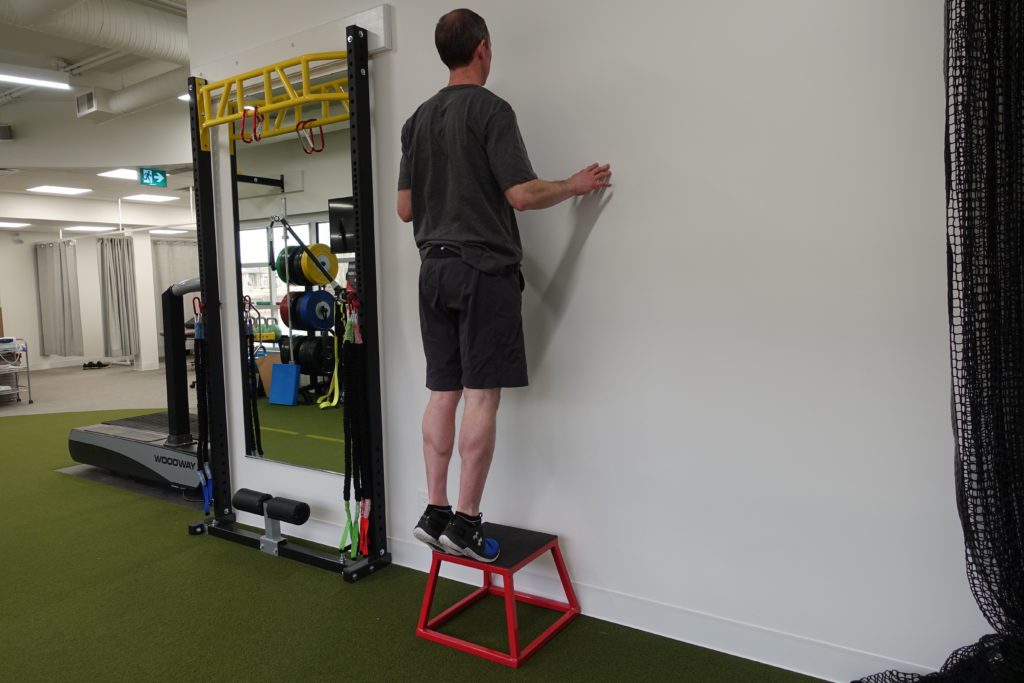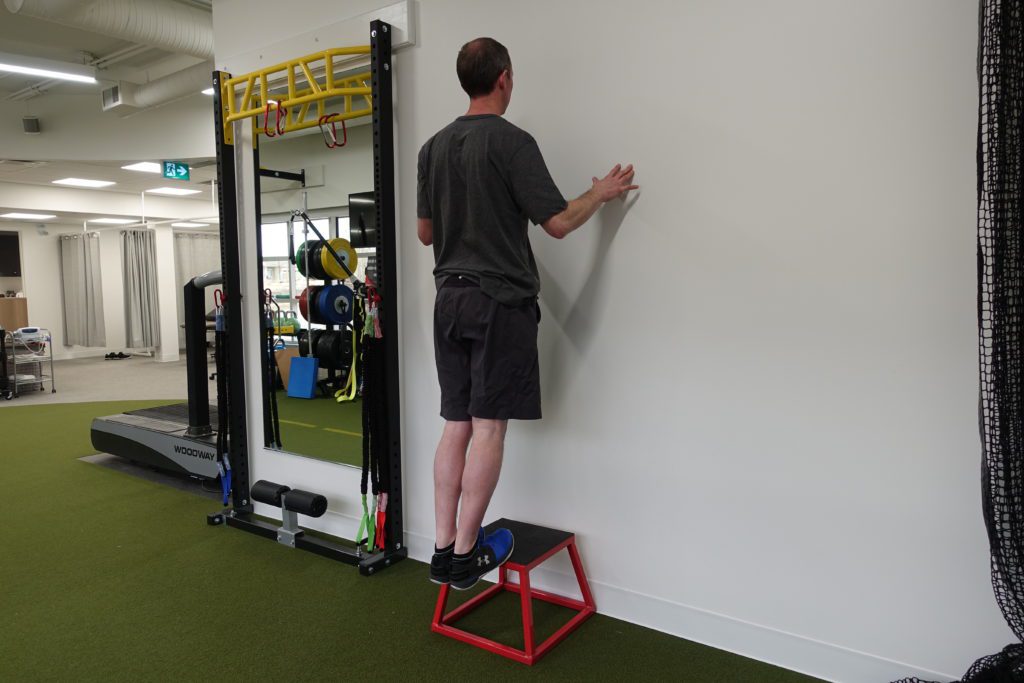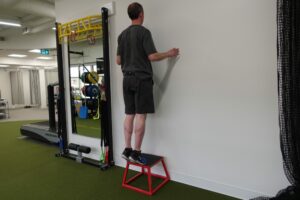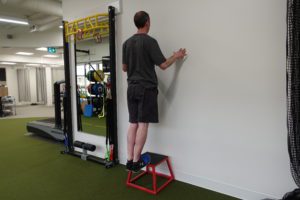Achilles sufferers: the nitro patch as last resort
Discouraged by ongoing Achilles pain? The nitro patch was a game changer for one Canadian masters record-holder
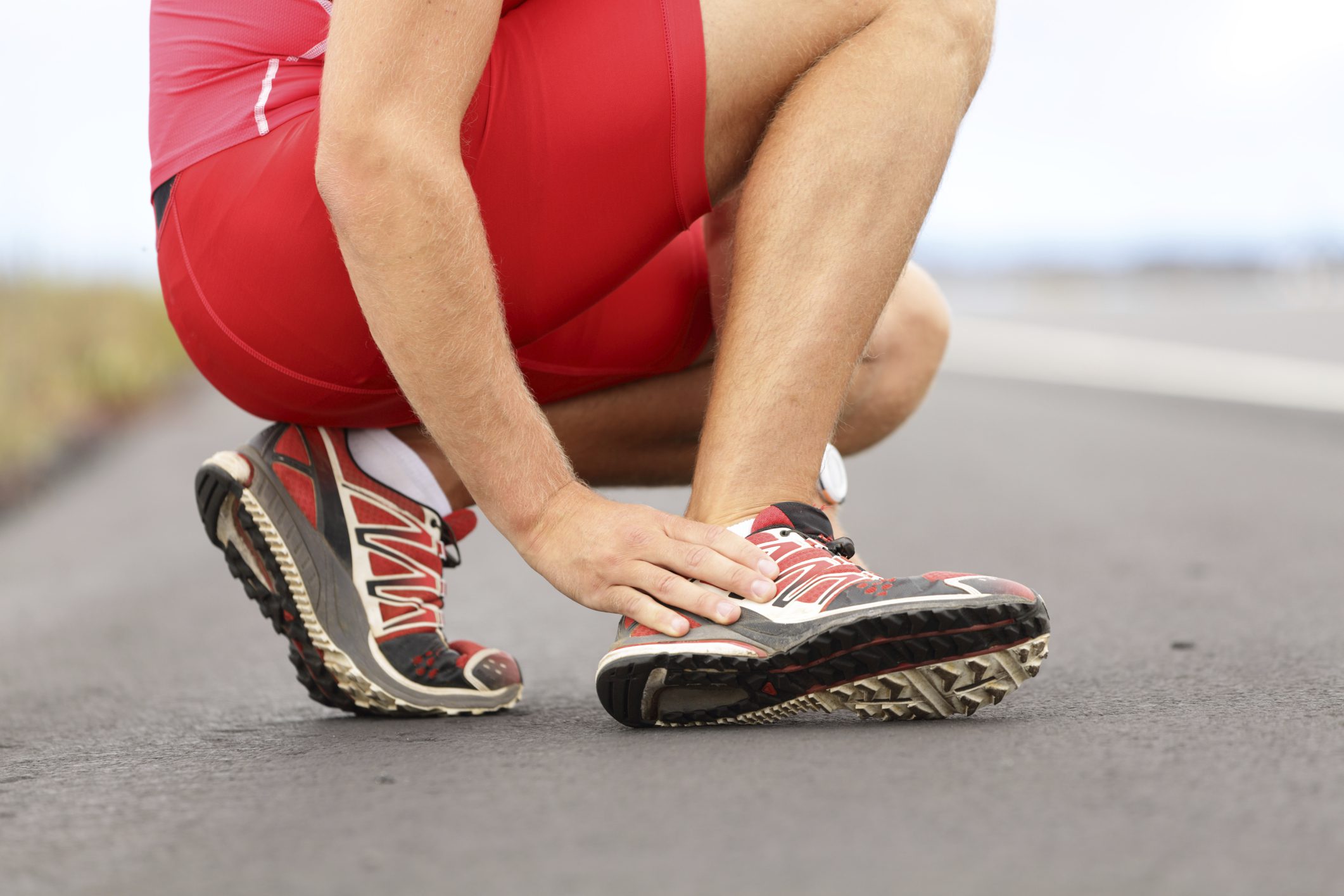
Are you one of the many runners who are plagued from time to time by soreness, tightness or pain in one or both of your Achilles tendons? Denise Robson, who broke the Canadian W50 marathon record earlier this month, used to be one of those runners. A successful age-grouper for many years, she struggled with soreness in both her Achilles tendons for two and a half years, and nothing seemed to help. She did all the appropriate conventional treatments (about which more below), but couldn’t train consistently despite doing everything her massage therapist, physio and chiropractor recommended. When she read online about the nitroglycerine patch, which was developed for heart patients but is also used to treat Achilles issues in runners, she was keen to try it, and over the next few months her symptoms lessened and she was able to resume consistent training (as her results attest). The nitro patch “has been a game-changer for me,” Robson told us.
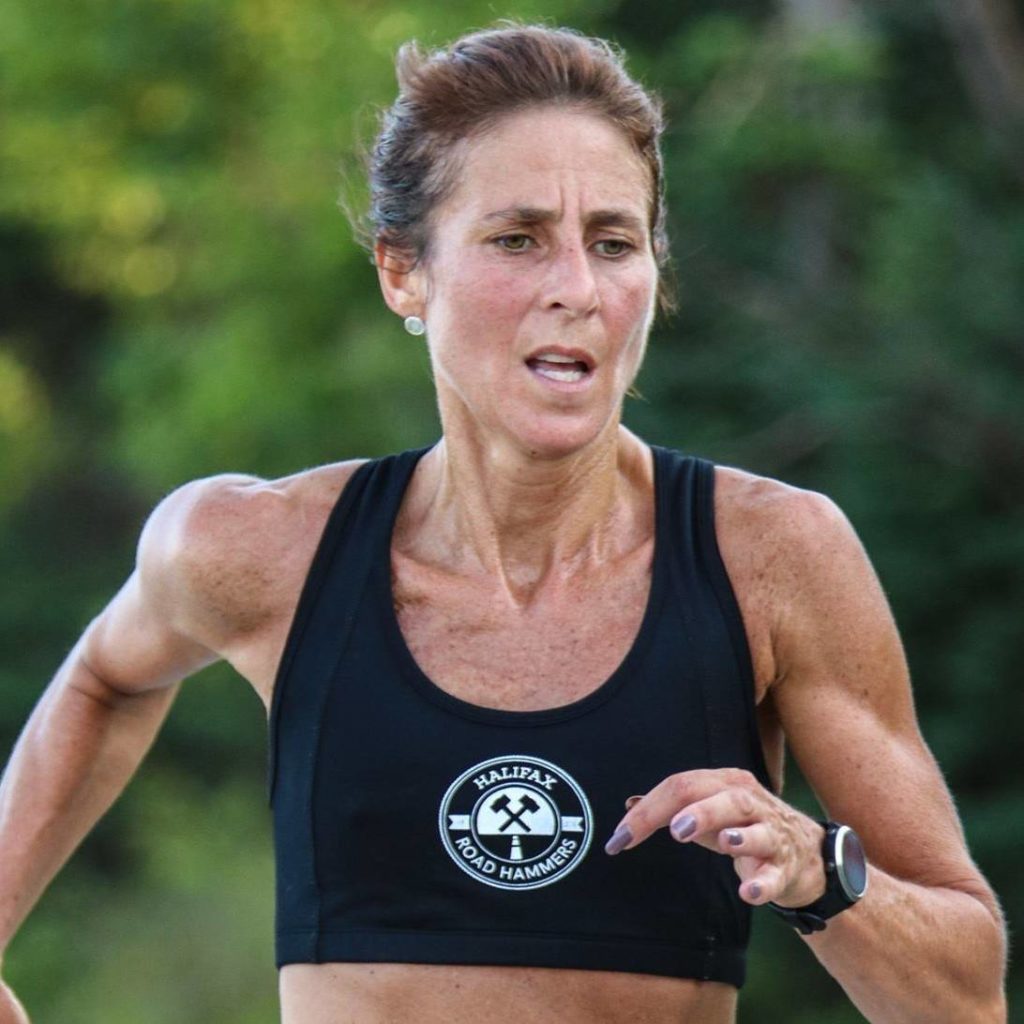
Achilles injuries can be stubborn to heal
According to RunnersConnect.com, a clearing house of information on running injuries and treatments, the Achilles tendon is the site of between five and 12 per cent of all running injuries, and they can be difficult and time-consuming to heal, which can be discouraging.
RELATED: Denise Robson smashes Canadian W50 marathon record
The Achilles tendon stretches from the calf to the back of the heel, and is the source of most of the power every time you toe-off, and the faster you run, the more wear and tear on your Achilles tendons. When it becomes injured or sore, running can be acutely painful. Uphill running, speedwork, forefoot striking and wearing running shoes with a low or zero drop may put more strain on the Achilles, possibly leading to inflammation, known as Achilles tendinitis. Mild stiffness when you start running usually dissipates as your body warms up. If pain persists, there are a number of ways to fix it.
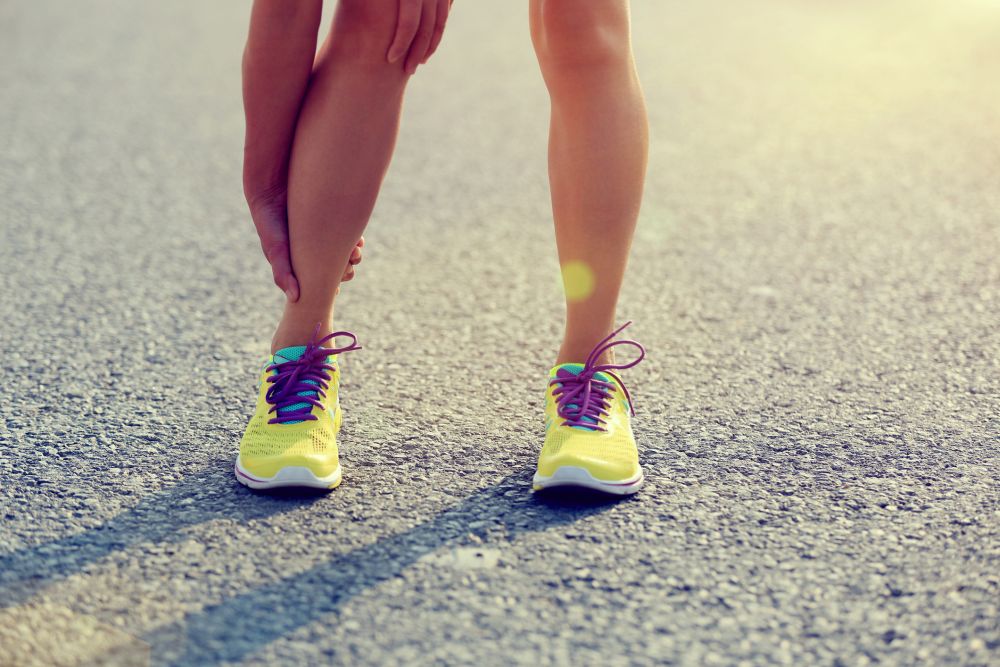
Traditional treatments
Strengthening the calf muscles, correcting overpronation through the use of stability shoes or orthotics and improving ankle flexibility have traditionally been the first line of defense in treating Achilles problems. The problem is, they do nothing to heal the damaged collagen fibres in the tendon, which are the source of the pain.
The correct exercise is the eccentric heel drop, in which you stand on tiptoe at the edge of a step (don’t push up on the sore side, assume the tiptoe position before lowering your foot to the step), transferring your weight to the sore side and slowly lowering your heel to below the height of the step. Avoid pushing back up on the sore side–use your good leg to return to the starting position (or use a step if you have pain in both tendons), and repeat. Some discomfort while doing the exercise is normal and necessary to repair the collagen fibres in the tendon. RunnerConnect.com recommends three sets of 15 repeats twice a day for three months, and when you can do the exercise without pain, gradually add weight in a backpack.
The nitro patch
The nitro patch, which administers nitroglycerine (a potent vasodilator) into the area, was developed more than 100 years ago for angina patients. Nitrates are known to dilate blood vessels, and the increased blood flow to the area has the effect of reducing inflammation. Studies done in Australia on rats showed that tendons healed stronger when the rats were fed medication that increased their nitric oxide production, and the same researchers were able to produce promising results in humans (specifically in the Achilles tendon, which responded better than injuries in other body areas) using the nitro patch. And three years later, the Achilles patients who used the nitro patches for six months were still doing well. However, others who have tried to replicate their results have not been universally successful, so the treatment remains somewhat controversial.
Dr. Paddy McCluskey, Chief Medical Officer and Sports Medicine Lead for the West Hub at Athletics Canada, has been using the nitro patch to treat Achilles tendinopathy in elite athletes for 10 years. He says, “Anyone with a chronic tendinopathy can benefit from this treatment” –the key word being “chronic.” He cautions that the patch should be used only after a standard rehab program that includes eccentric loading has failed.
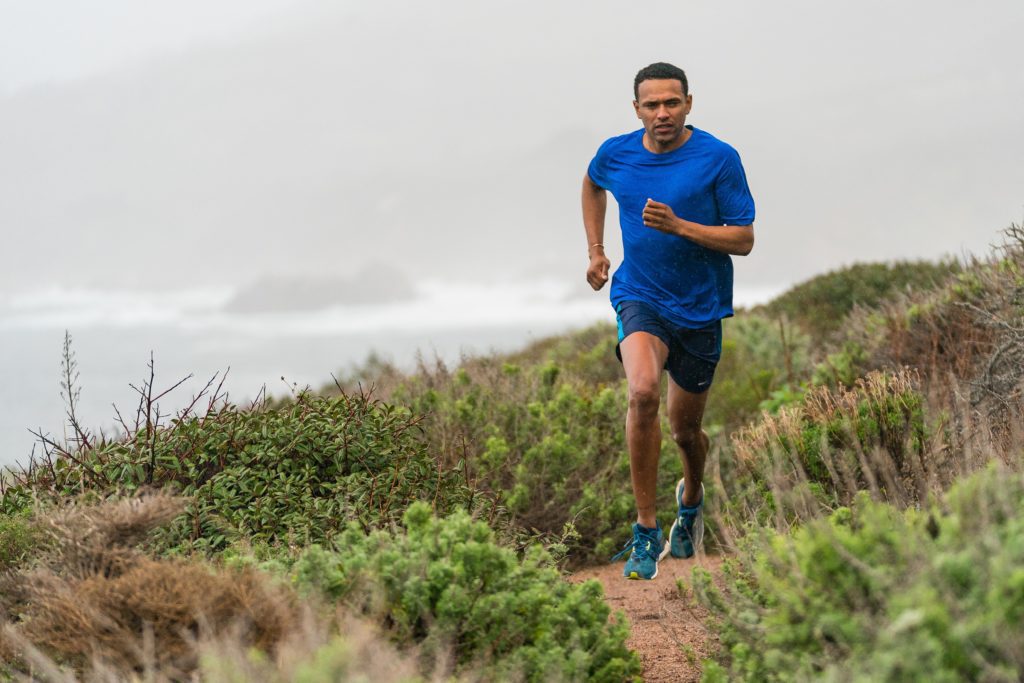
Robson’s Achilles problems started in June 2017, when on a trip to Greece, her luggage was lost, and she had to buy the only pair of running shoes available on the island where she was staying. They were racing flats, and her Achilles pain started after she wore them several days in a row for 10K to 12K runs and some long hikes.
After doing her exercises religiously for the next two years, Robson still had pain that frequently prevented her from training. When she learned about the patch and consulted her family physician, her reaction was cautious, because she knew the research wasn’t definitive. (McCluskey says the treatment is not well known among family physicians, so you may need to ask for a referral to a sports medicine specialist.) After checking into it she decided to let Robson try it. Robson started by cutting a patch into quarters and using one-quarter of a patch on each tendon, changing it every 24 hours.
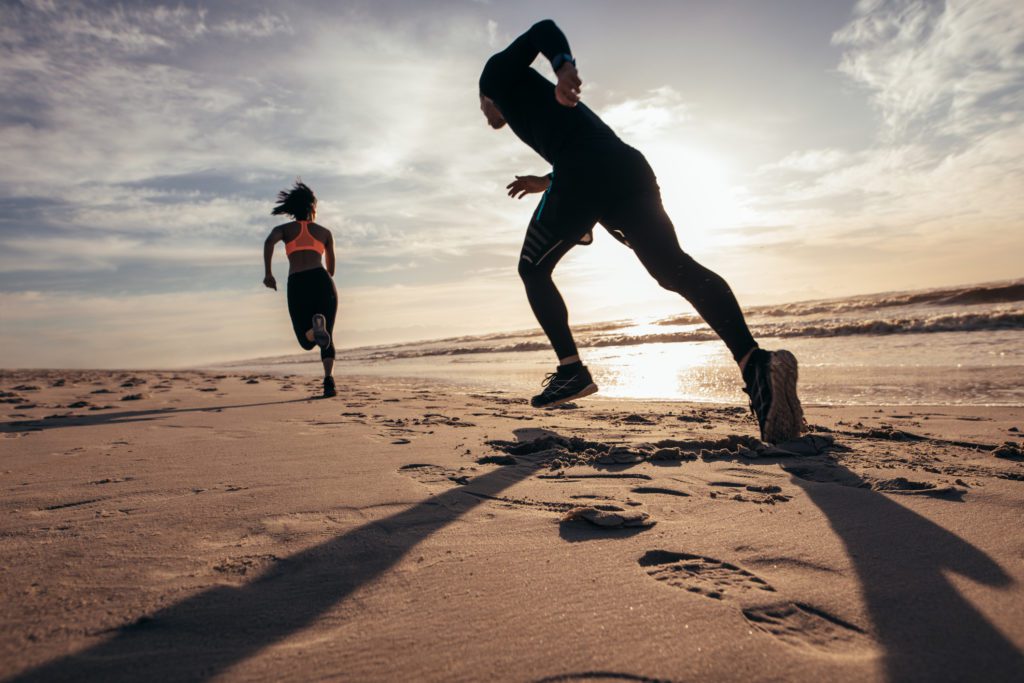
After two days she was able to run with significantly less pain. She also continued doing the eccentric lifts, and within three months she was able to run consistently–not entirely pain-free, but at least able to run. Sometime later she realized the pain was completely gone, though she continues to use the patch as a prophylactic measure during long runs and speedwork.
RELATED: VIDEO: must-do winter running strength exercises
Applying heat to the calf muscle and/or foam rolling the calf (not the tendon) may also be helpful, and if you usually run in a low-drop or zero-drop shoe, wear something with more cushioning in the heel until your tendons are healed.
Possible side effects
For people with low or normal-to-low blood pressure, a vasodilator will further lower their blood pressure, possibly resulting in headaches or dizziness upon getting up from a sitting or lying position, which should dissipate after a few days.
The adhesive used in the patch may cause skin irritation at the site, which may be serious enough to lead to discontinued use of the patch. (Robson said she was warned about this and was careful to replace the patch and put it in a slightly different spot every day. She did not experience any skin irritation other than mild redness at the site.)
The patch is available by prescription only, and may need to be cut down in size to administer the correct dosage. Consult your doctor before experimenting with the nitro patch.
